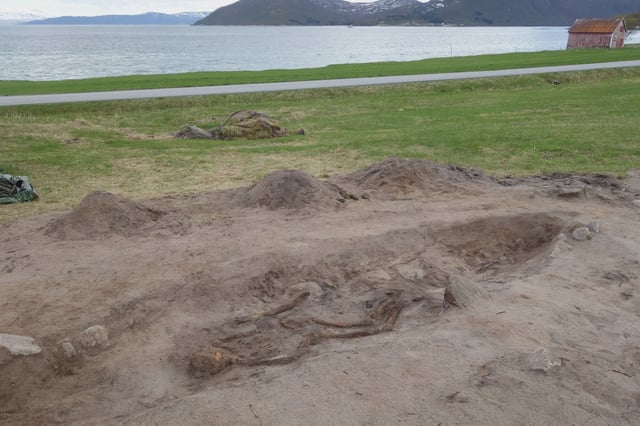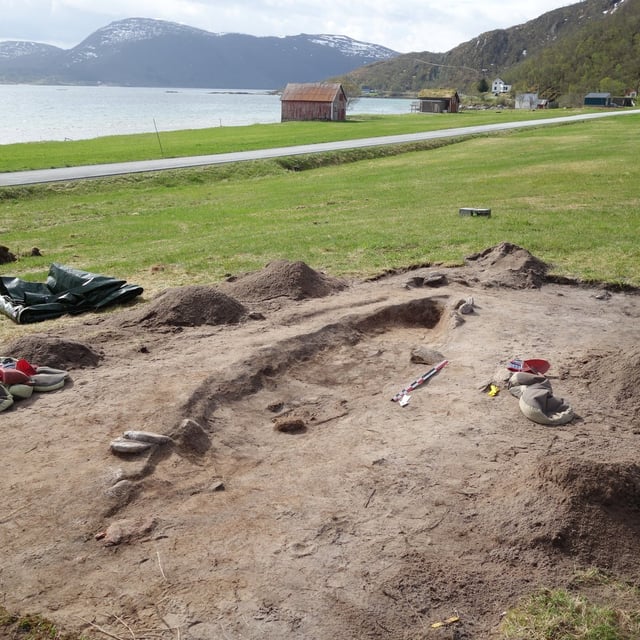Overview
- The burial site contained a 5.4-metre sewn boat holding the woman’s skeleton with her pet dog and grave goods including bronze brooches, spindle whorls and agricultural tools.
- Artifacts dated to 900–950 AD confirm the interment aligns with high-status Viking funerary rites reserved for elites.
- The presence of weaving implements and organic objects distinct from male burials suggests she held significant local and possibly regional influence.
- Exceptional preservation in Northern Norway has retained bone and organic traces, paving the way for detailed studies of her health, nutrition and origins.
- Amateur metal detectorists first uncovered bronze brooches in 2023, underscoring the value of citizen contributions to archaeological discoveries.

